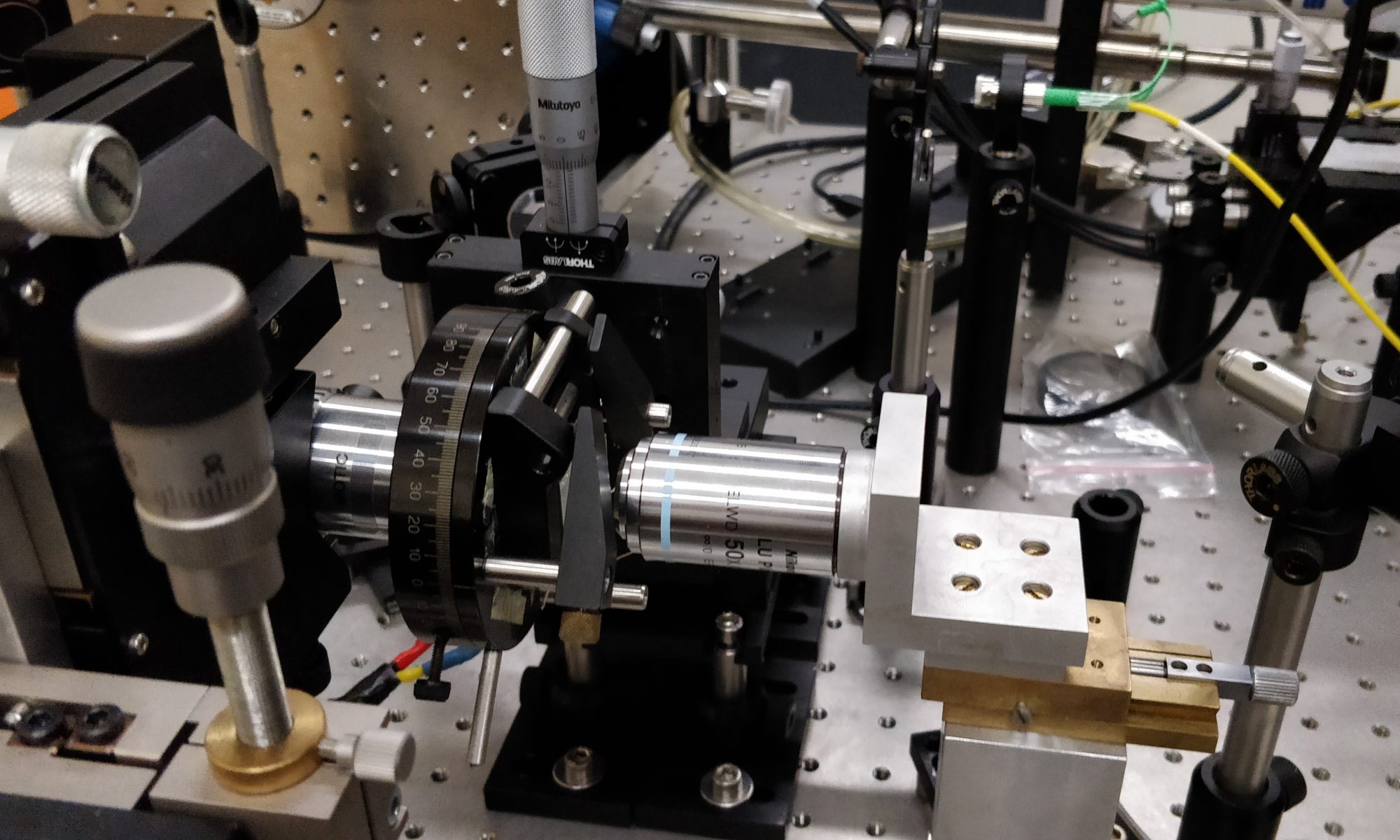![]()
This project deals with detailed structural and magnetic characterization of liquid crystalline radicals exhibiting either discotics or banana phases. Dynamic arrangement and order of the paramagnetic molecules varies between phases, which gives rise to variable spin-spin interactions and consequently bulk magnetic behavior.
The goal of this project is i) to demonstrate that magetic properties change with the change of the phase structure, ii) to establish molecular structure-phase structure-magnetic behavior relationship, and iii) to identify materials (chemical structure and phase) that exhibit unusual magnetic properties.
The liquid crystal materials in this studies are unprecedented, and just became available in the laboratory of prof. Kaszynski. They are derived from exceptionally stable radicals, verdazyl and benzo[1,2,4]triazinyl, in which appropriate substituents cause molecules to self-organize into layers or columns to form liquid crystalline phases. Such materials constitute a potentially broad class of organic molecular semiconductors with high molecular and supramolecular structural diversity for electronic applications. The proposed research is multidisciplinary (physics and chemistry) and represents a combination of thermal (Prof. Piotr Kaszynski, Vanderbilt University), structural (dr Damian Pociecha, University of Warsaw), and magnetic and photo-magnetic (dr Jacek Szczytko, University of Warsaw) characterization using physical research tools. The proposed investigation will contribute to the fields of materials chemistry and physics, and will facilitate the design of modern functional molecular materials. The Manager of the project and Collaborators have the necessary knowledge and experience to carry out the proposed research. During realization of the proposed research, about 30 liquid crystalline radicals will be characterized using physical methods. Careful analysis of the results will establish structure-property relationships, which will help in the design of new radical derivatives with desired properties.
The proposed research activities impact primarily the fields of modern physical-organic, materials chemistry, and interdisciplinary scientific education. Our systematic investigation of this new class liquid crystalline radicals will provide a correlation between magnetic behavior and supramolecular structure, and will indicate directions in structural modification in search for organic molecular magnetic materials. Such liquid crystalline materials with cooperative spin-spin interactions and possibly switchable in electric field or light are of great interest to the scientific community.

